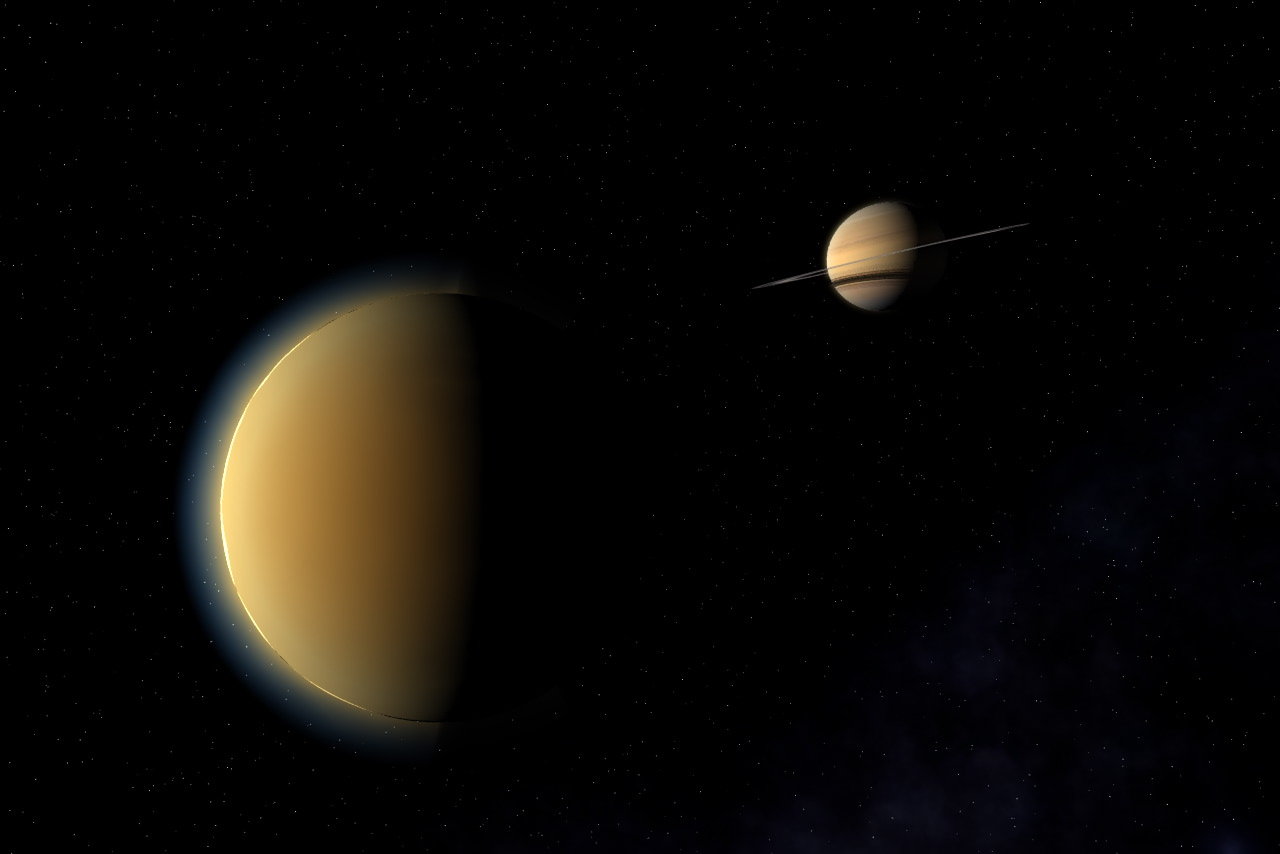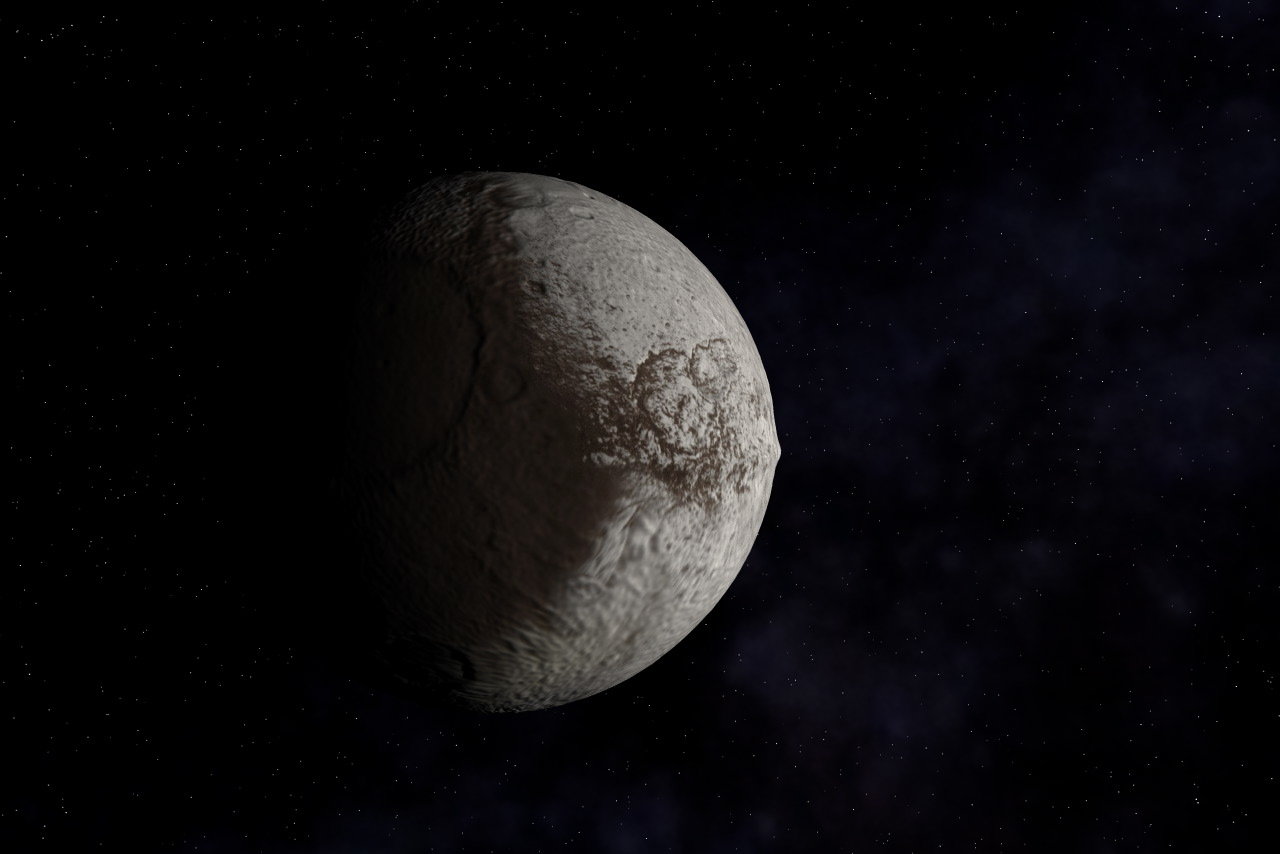-
Posts
779 -
Joined
-
Last visited
Contact Methods
-
AIM
jhfong
-
ICQ
0
Profile Information
-
Name
Julian Fong
-
Location
Bellevue, WA, USA
Previous Fields
-
A:M version
v19
-
Hardware Platform
Mac/Win
-
System Description
15" MacBook Pro, 2.3 GHz quad Intel Core i7, Windows 8.1 on BootCamp, 16 GB RAM, NVIDIA GeForce GT 750M, 2 GB VRAM
-
Contests Won
**
Recent Profile Visitors
1,706 profile views
Julian's Achievements

Prolific (6/10)
0
Reputation
-
You could create a copy of the character's model with no decals and add a transparent glowing material to it, put it in the same pose as the character when he starts his move, then animate the transparency.
-
I made a revised version of the star sphere a couple of years later in this topic: http://www.hash.com/forums/index.php?showtopic=23594
-
You could fire out a small 8-patch sphere set to 100% transparency, which would be a sprite emitter. The emitter would produce two kinds of sprites: a small dot, which would be the trail of sparks behind the projectile, and the electrical arcs that look like lightning (making the sprite an animated image sequence would be a plus), which would have a very short life expectancy so it wouldn't leave a trail. The sprite system should not be influenced by gravity. Constrain a light with a lens flare to the projectile to produce the blue glow.
-
You could try something like a material with Perlin turbulence, but it would help if you told us what kind of object you're creating: a projectile, a containment field, a Star Trek-style warp core?
-
Can you use muscle animation to deform the tiles?
-
You're thinking of the design by Gabe Koerner, right?
-
Stian, I find it interesting that even though the vehicles are low-res, you still put beveled edges on them. Do you spline the bevels manually, or do you use Yves' primitives?
-

Additions to my astronomical gallery
Julian replied to Julian's topic in Work In Progress / Sweatbox
I've made a couple of posts on the thread about PlanetGlow in the Newbies forum, but as I said there, I meant to write up a tutorial a year ago but I haven't gotten around to it. -
If the glow shows up over the planet model, the Halo Starts % value is too small. The important thing is to keep track of exactly how much bigger the glow object is compared to the planet object, then set Halo Starts % to the reciprocal of the scaling factor. For example, if you created the glow by scaling up the planet mesh by 120%, then if you set Halo Starts to 83.33%, the glow will touch the surface exactly. BTW, I misremembered in my earlier post -- the maximum value for transparency on a group with PlanetGlow is 99.5%, not 95%. You can set transparency to 99.49% and it'll be OK. I don't think you should use that page on Yves' site as a guide to using the modern PlanetGlow shader, because he created the page back in version 8.5, and PlanetGlow works differently after Yves rewrote it to work in version 12. Putting PlanetGlow inside a material isn't necessary. Also, if you use PlanetGlow on an object with Receive Shadows turned off, the glow will show up even on the nightside of the planet, which isn't strictly realistic and may not be the kind of effect you want. However, if you have Receive Shadows turned on, the planet will cast a hard-edged shadow on the PlanetGlow object. I've discovered a way of softening the transition on PlanetGlow from the dayside to the nightside, but it's pretty complicated to explain: it involves a gradient material with a huge increase in diffuse falloff, whose rotation is linked with an expression to a bone constrained to orient like the sun. This is kind of thing I'd want to write a tutorial for.
-
I've added some new renders to my A:M Stills gallery of astronomical art that I first announced in this thread nearly a year ago. Having found some improved textures, I've finally been able to finish modeling the Earth's moon and the seven major moons of Saturn. The Saturn moon maps come from Steve Albers' planetary map site. Titan was rendered with PlanetGlow, but it doesn't look exactly right. You shouldn't be able to see the horizon at all, but I can't think of any other solution that would work, except for vibrating the model really fast in multipass, but I'd rather not do that. I used a displacement map (16 bpc EXR file) to create the equatorial ridge on Iapetus. I expect I'll need to update the the Iapetus texture next month when the Cassini probe goes in for its closest approach and fills in most of the "terra incognita" areas.
-
First of all, when using any shaders, you have to turn on Plugin Shaders in your render options. Second, the larger sphere has to be less than 95% transparent, otherwise the shader disappears. For the last year, I've been meaning to write a tutorial about using PlanetGlow, but I haven't gotten around to it.
-
I see the lines shooting out problem only when I PageUp to set the number of realtime polys per patch to 16 (the second-highest setting), or if I enter Bones mode. The lines are shooting out of the CPs under his fingernails, which seem to be modeled in a peculiar way. Deleting those CPs may solve the problem.
-
In shaded mode, if the normal is turned inward it looks like a tiny yellow dot.
-
On the A:M CD, it's in Data\Materials\Geometry\Porcelain.mat. When you open it, it looks just like a regular material with one attribute, except that at the very bottom of the Surface properties there's an extra value called "Normal Weight". Usually, you want to set it to 100%, unless you find that this amount of smoothing is obscuring some detail you want to keep.











